There seem to be an abundance of beautiful blue plants this month, including the superb Blue Pincushion Brunonia australis.
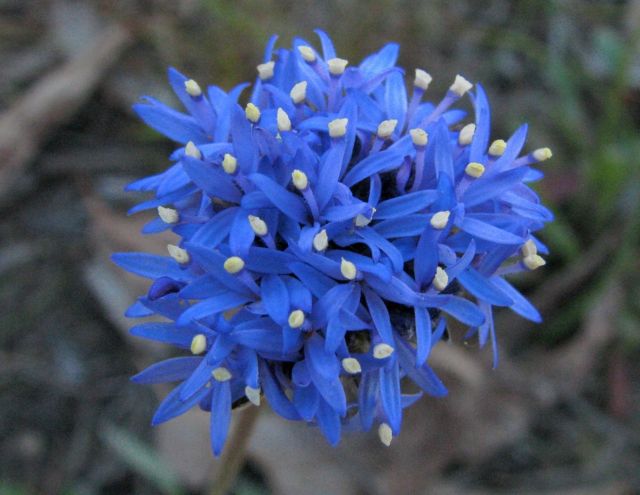
Blue Pincushion
You cannot help but notice these delightful bright-blue, circular flower-heads or ‘pincushions’ standing up in the heathlands, with narrow, spoon-shaped pale-green leaves forming a rosette at the base.
I will leave you to discover for yourselves the other obvious plants with the help of ‘Flowers of Anglesea and Aireys Inlet’, as I wish to highlight some of the more inconspicuous and low-growing plants. Be warned many of these will take some careful sleuthing to find!
Look out for the 10 cm high Heath Xanthosia Xanthosia huegelii which is covered in lovely white downy hairs. It has three-segmented leaves and clusters of hidden five-petalled creamy flowers.
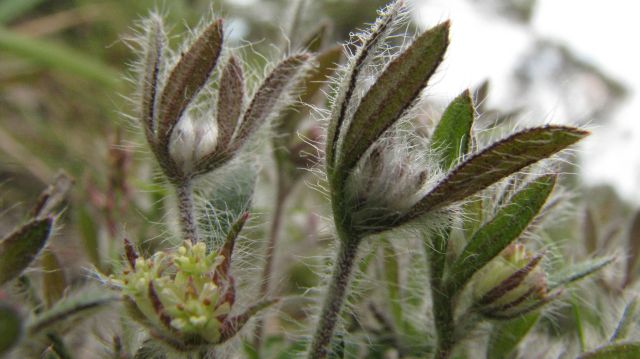
Heath Xanthosia
If you see some small four- petalled blue flowers at your feet they may belong to one of the Speedwells. I was quite excited to see for the first time the rare Trailing Speedwell Veronic plebeia, with its tiny flowers and softly hairy, rounded leaves with serrated edges.
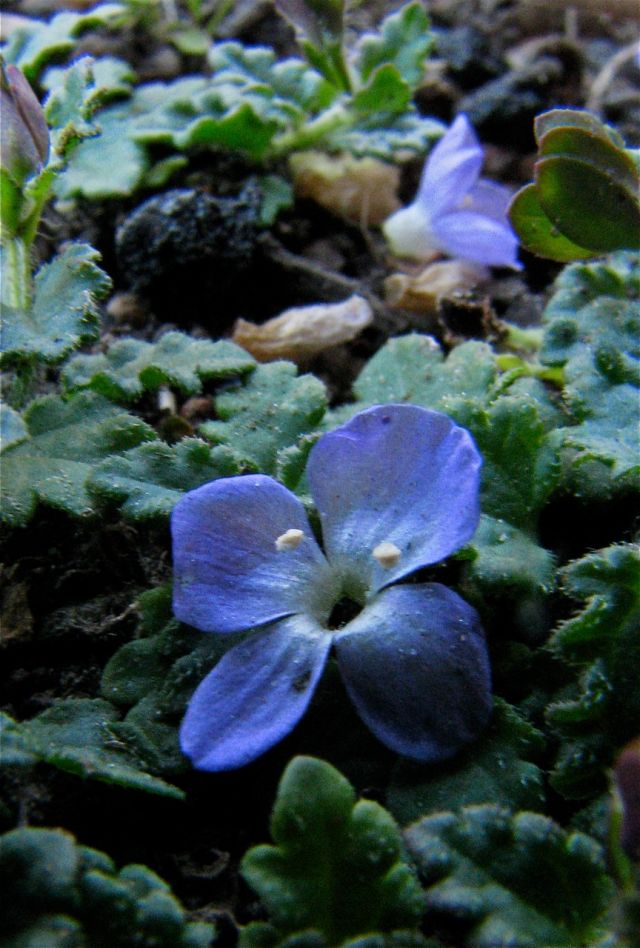
Trailing Speedwell
I was also very pleased to find flowers on two ground-hugging plants which are quite common, but are usually noticed for their matted, rounded, notched leaves. The unfortunately named Kidney-weed Dichondra repens may have tiny single, star-like greenish-white five-petalled flowers.
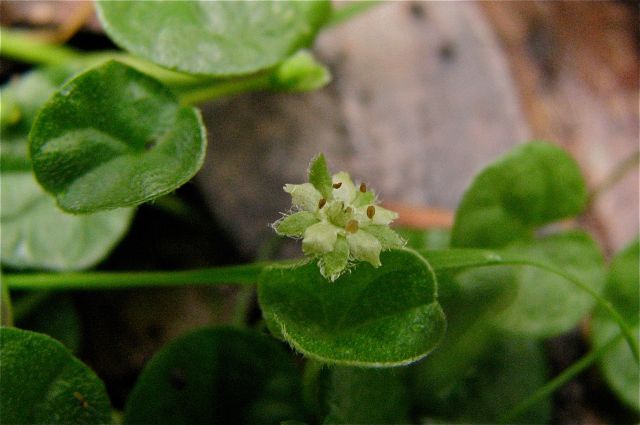
Kidney-weed
Hairy Pennywort Hydrocotyle hirta is well named as it is extensively hairy. The flowers are small greenish/yellow balls standing on short stems.

Hairy Pennywort
You will really need your magnifier for Slender Triggerplant Stylidium perpusillum, which is another new plant for me. These may be found in damp open areas and look like tiny bright white spots on the ground. The petals have a gorgeous sheen when viewed closely.
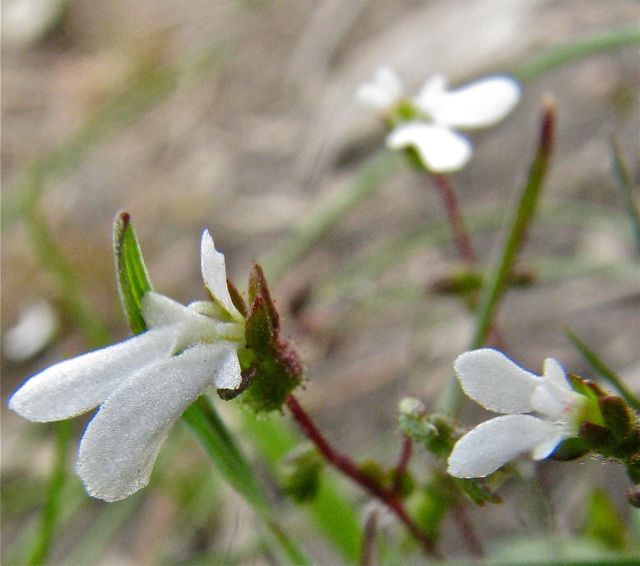
Triggerplant
A much more obvious plant, which I have never seen in such abundance before, is Dwarf Boronia Boronian nana. These slender trailing plants have delightful and distinctive waxy white or pale pink, pointed four-petalled flowers.
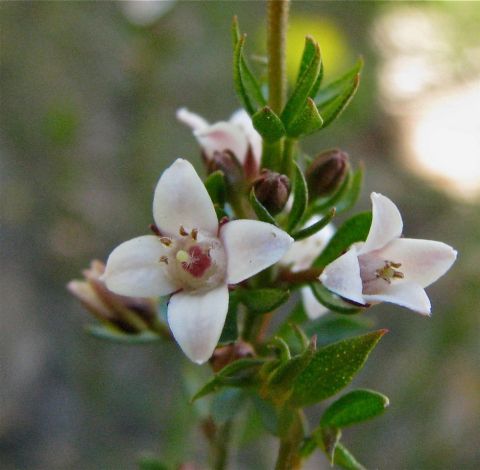
Dwarf Boronia
Finally, two plants which are much larger and easier to find. Along the coast, Slender Velvet-bush Lasiopetalum baueri is flowering with inconspicuous, pale pink drooping flowers. It has been nice to see the narrow grey-green leaves reviving after all the rain, as they have looked limp and drooping for so long.

Slender Velvet-bush
Now of course the ‘smelly’ plant of the month, Black Wattle Acacia mearnsii. This is the last of our wattles to flower, and is one of the few with the true feathery leaves, which are dark green. These trees are currently exploding with pale yellow, globular and highly fragrant flowers.

Black Wattle
It is now time for me to sign-off on smelly flowers as Yvonne Coventry is doing the flora notes next month, and next year I wish to highlight sensory plants. But remember…keep looking and smelling!
Ellinor Campbell